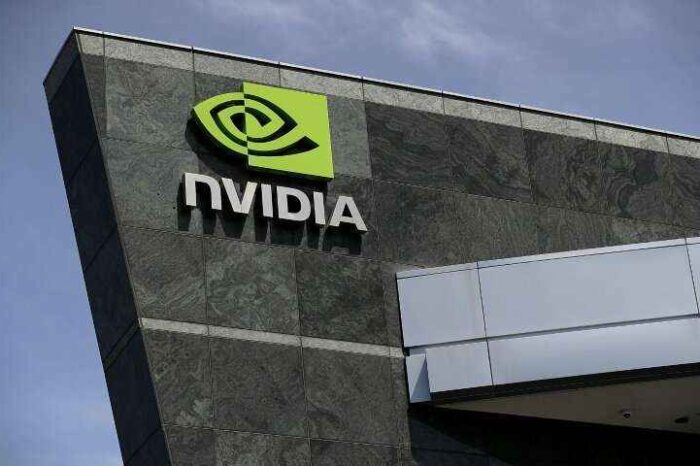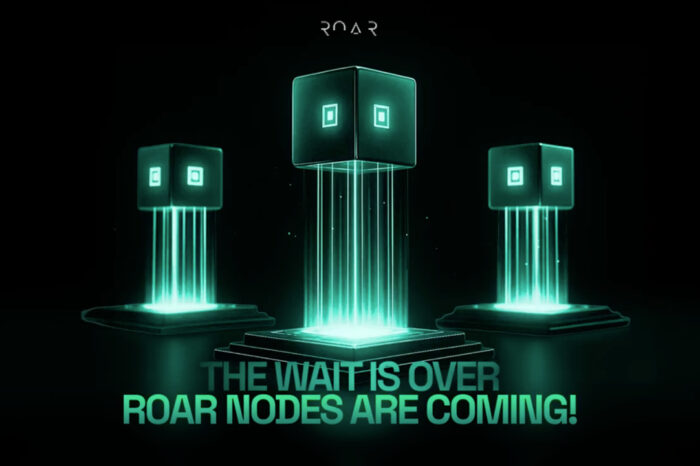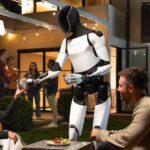The Humanoid Hoax: Unmasking the Human Puppets Behind Tesla and Nvidia’s Robot Demos
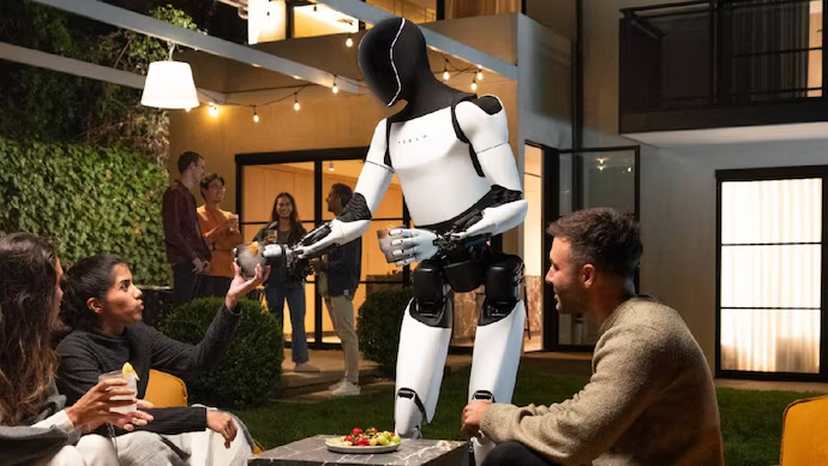
Tesla and Nvidia love the spotlight. Their humanoid demos rack up millions of views, showcasing bots folding laundry, serving drinks, or waving like futuristic hosts. But there’s a catch—many of these “autonomous” performances are run by people behind the curtain. Hidden human operators are guiding the gestures, timing the lines, and making sure the show goes smoothly. What looks like the dawn of robot independence is, in many cases, a high-tech puppet act.
According to a new report from The Information, high-profile demonstrations of robots from Tesla and Nvidia point to an open secret in robotics: many of these machines are actually being steered by hidden human operators.
“High-profile demonstrations of robots from Tesla and Nvidia point to an open-secret in robotics: many bots are remotely operated by human puppeteers,” The Information reported.
Tesla’s Optimus: Smooth Moves, Hidden Hands
Elon Musk has long pitched Optimus as the household helper of the future, with a price tag of $20,000 to $30,000 and the promise of babysitting your kids or walking your dog. At last October’s “We, Robot” event, attendees mingled with Optimus units that poured drinks, played games, and struck casual poses. The show was slick, but the reality was less futuristic. Reports after the event confirmed that much of what looked like autonomy was actually teleoperation—remote operators were providing the brains while the hardware supplied the body.
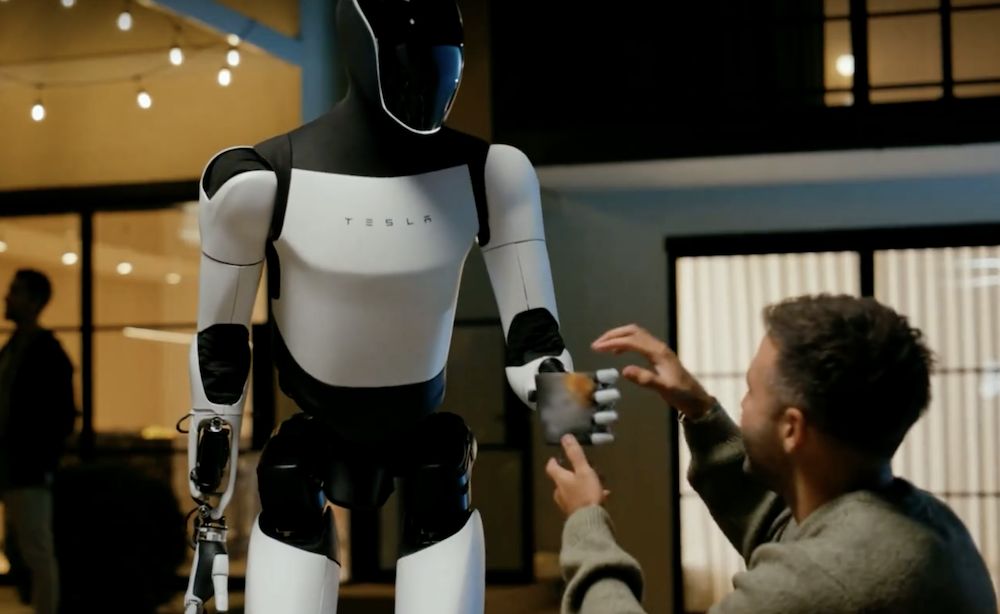
This wasn’t the first time Optimus raised eyebrows. When Tesla posted a video of the bot folding a shirt, eagle-eyed viewers noticed human-like hesitations that suggested someone was controlling it. Musk later admitted one of the shirt-folding clips wasn’t autonomous at all. At “We, Robot,” an Optimus bartender even spelled it out: “Today, I’m assisted by a human. I’m not yet fully autonomous.”
“Tesla Inc. used humans to remotely control some capabilities of its Optimus robot prototypes at a recent event designed to generate investor enthusiasm for forthcoming products,” Bloomberg reported, citing people familiar with the matter.
Wall Street analysts took note too. Morgan Stanley’s Adam Jonas described the demo as heavy on “tele-ops,” pointing out that Tesla had prioritized fluidity and spectacle over genuine independence. Critics saw it as smoke and mirrors, while defenders argued that teleoperation is a legitimate way to gather the training data needed for AI to eventually stand on its own.
Nvidia’s Blue: Cute, Clever, and… Controlled?
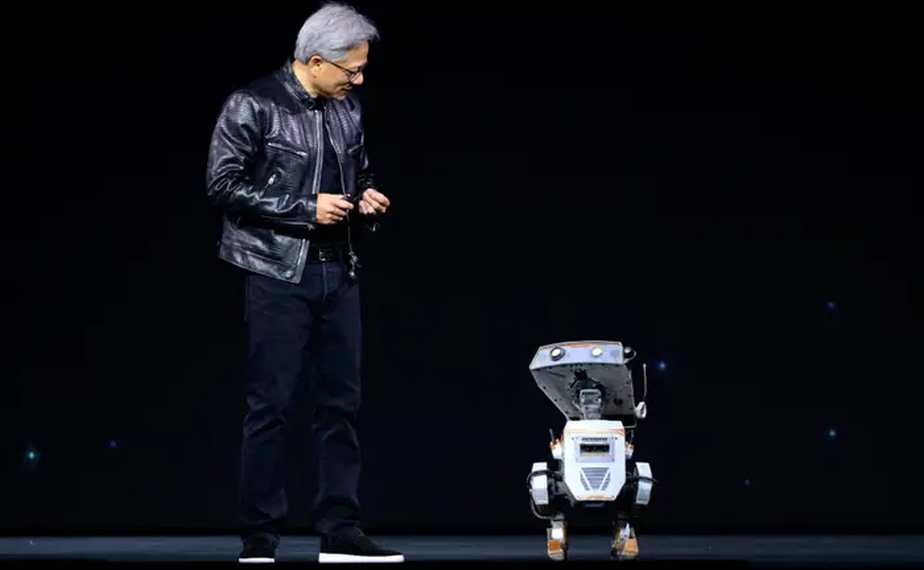
Nvidia has its own humanoid star: a pint-sized robot named Blue. Unveiled at GTC 2025 with Disney Research and DeepMind, Blue charmed crowds with jerky movements and a cartoonish personality powered by Nvidia’s new Newton physics engine. CEO Jensen Huang hyped it as proof of AI-driven learning, explaining that the robot was trained on vast amounts of synthetic data generated in simulation.
“The robot learned how to balance and walk in Nvidia’s computer simulation, but the human directed when and where it should go during its minutes-long cameo,” The Information wrote.
But the demo didn’t entirely hold up under scrutiny. Forum posts and eyewitness accounts suggested Blue wasn’t fully autonomous during its big moment. Some suspected it was being remote-controlled from backstage, with AI handling only the mannerisms. The Information later reported that Nvidia, like Tesla, leans heavily on human operators during demos, with teleoperation playing a central role in shaping training data. Nvidia’s own documentation backs this up, citing projects like GR00T where human demonstrations feed directly into AI training.
The Industry’s Open Secret
Tesla and Nvidia aren’t outliers. Across robotics, teleoperation is the quiet scaffolding that props up the spectacle. Startups like Figure AI, 1X Technologies, and Agility Robotics all use human operators to train their bots. Toyota has humanoids learning housework by mimicking human pilots. Even Boston Dynamics has used remote control in demos.
Industry experts are split. IEEE Spectrum has warned that these glossy demos can mislead audiences into thinking robots are far more advanced than they are. Wired has pointed out that human-in-the-loop control is practical, but the lack of transparency risks backlash when the hype collides with reality. For now, teleoperation fills the gap between rigid scripting and full autonomy. It’s faster than waiting for algorithms to solve every edge case and produces valuable training data. But it also blurs the line between progress and performance.
The Strings Still Show
Human puppeteers don’t mean the tech is fake—they mean it’s unfinished. Robots are still in their awkward adolescence, and teleoperation is the crutch that helps them walk. Tesla dreams of millions of Optimus units roaming the planet by the 2030s. Nvidia is opening up its simulation platforms to speed adoption. But for all the buzz, autonomy is still on the horizon.
So the next time a humanoid waves, pours a drink, or trades jokes onstage, ask yourself: is that the future smiling back—or just another human, hidden in the wings, pulling the strings?

